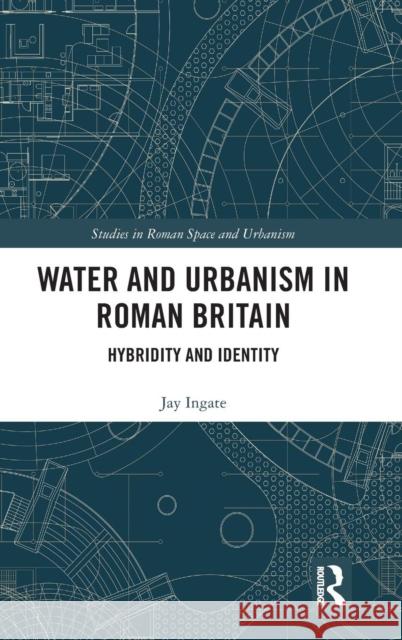Water and Urbanism in Roman Britain: Hybridity and Identity » książka
Water and Urbanism in Roman Britain: Hybridity and Identity
ISBN-13: 9781138634695 / Angielski / Twarda / 2019 / 220 str.
Water and Urbanism in Roman Britain: Hybridity and Identity
ISBN-13: 9781138634695 / Angielski / Twarda / 2019 / 220 str.
(netto: 666,90 VAT: 5%)
Najniższa cena z 30 dni: 654,86 zł
ok. 16-18 dni roboczych.
Darmowa dostawa!
Roman water supply systems are often lauded as a foundation for our own modern urban way of life. However, despite frequent parallels, our relationship to water is far removed from the prevailing attitudes of the Roman period. There is substantial evidence, both archaeological and literary, that outlines the symbolic and ritual dimensions of water in antiquity, within Italy and northern provincial territories. This book explores how the water of aqueducts, wells, sewers and bathhouses acted as extensions to such beliefs, forging deep connections between natural contexts and urban space. By considering this new dimension to water supply we can more thoroughly rationalise the investment in such features, particularly on the periphery of the Empire, without resorting to simplistic colonial ideas based on 'progress' and 'civilisation'. Consequently, one can gain greater appreciation of the complex local identity inherent within the development of Roman urbanism across Europe. With our future cities likely to be based on a changed relationship with nature, this unfamiliar perspective on the Roman period can also increase the relevance of the subject within modern urban studies.











